How to survive the supply-chain shortage
Six ways to make parts last longer and avoid unnecessary days off the bike
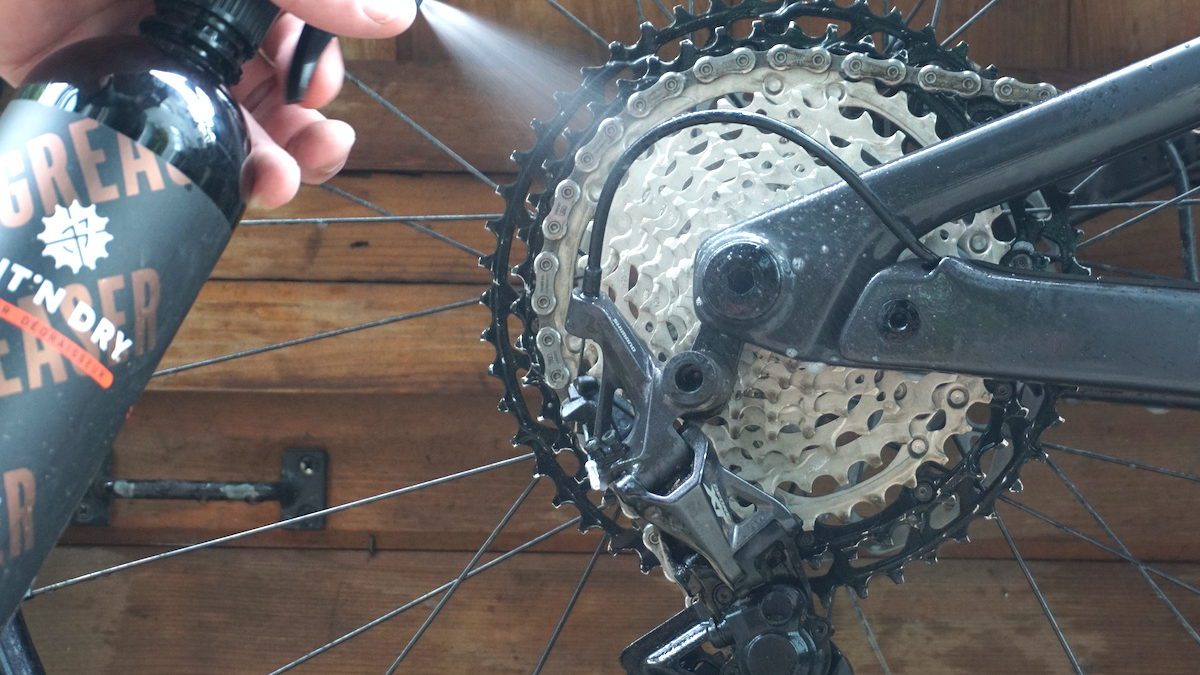
At this point, the ongoing supply-chain shortage in the mountain bike industry isn’t new, or likely to be news to too many riders. But not many expected it to go on this long, or have an idea when it will return to normal.
One frustrating downside of the shortage is that, if a bike part breaks or wears out, it can be difficult to find a replacement part or component. That can put your bike out of commission for days or even weeks. Nothing is worse than cancelling ride plans or missing a race because your bike is missing one tiny part.
Until supply woes ease, here are some strategies to avoid getting caught out by the supply-chain crunch. Bonus: when bike shop shelves are overflowing once more, these can still help you save a little cash and keep your bike rolling more reliably.
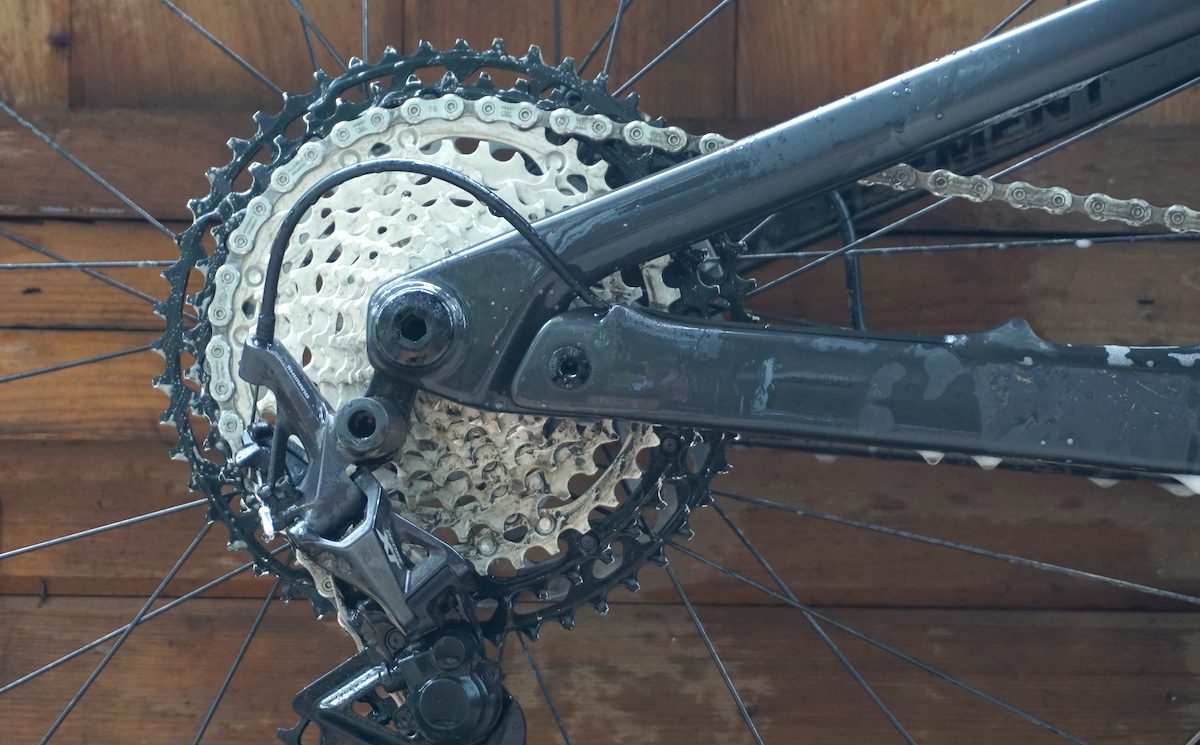
Clean your bike
The simplest and best way to avoid getting burnt by the supply shortage is to not have to buy parts. Keeping your bike pristine will measurably elongate the life of your drivetrain, brake pads, suspension and, well, basically every part of your bike. It also makes it easier to spot wear or damage early. Often you can fix little problems before they turn into big ones.
RELATED: A very simple guide to cleaning your bike at home
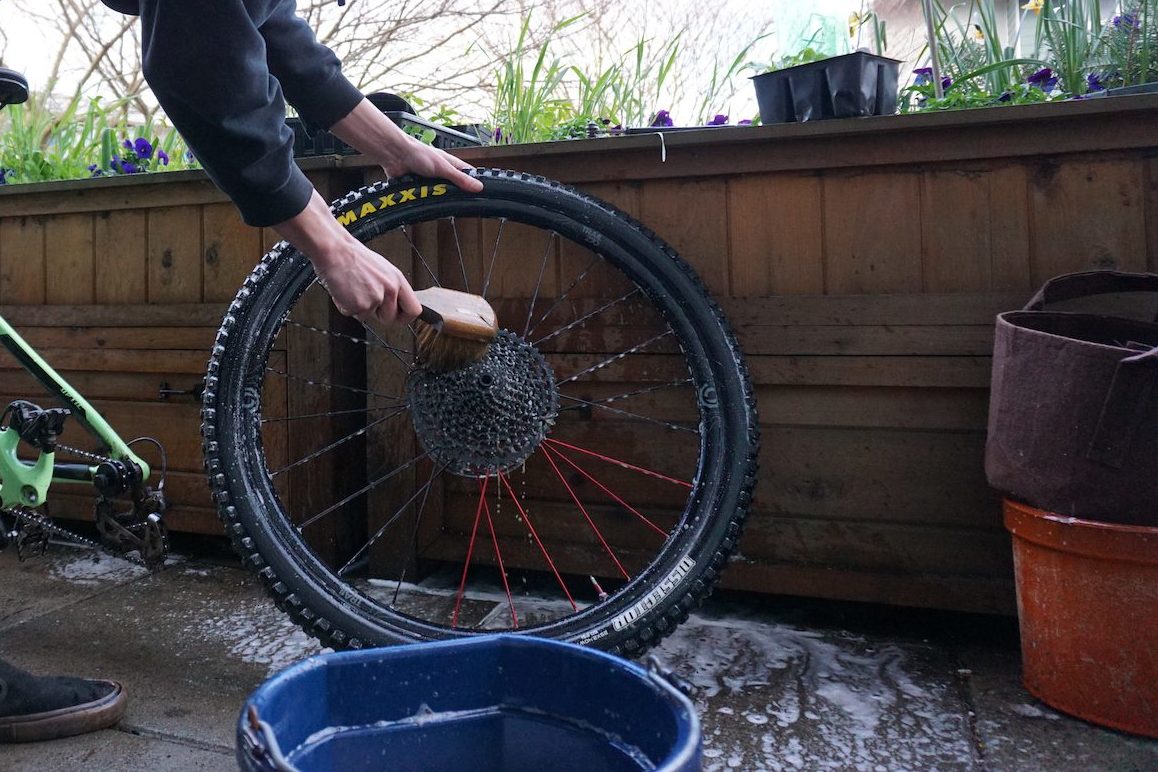
Everyday maintenance goes a long way
A major clean is important, but so are every ride, quick maintenance steps. The ones we often put off until “next ride.” This doesn’t have to take a long time and, the more regularly you do these small maintenance tasks, the faster they are. Cleaning a mostly clean chain is fast. Degreasing a goopy, greasy mess takes time.
Take the time to wipe down your chain after every ride and re-lube it when needed. Check your bolts regularly to make sure nothing’s loose. Wipe off any suspension parts – including your dropper post. These simple tasks can go a long way to making parts last longer.
RELATED: Mint’N Dry goes green with made-in-Canada cleaning solutions

Buy tougher parts
Lighter isn’t always better. Especially if it means you have to replace it more often. The math on that cost-benefit equation is further skewed when there isn’t necessarily a replacement part readily available. Sometimes a heavier part is worth its weight if it will last significantly longer.
That’s not to say you should go out and build the heaviest bike you can. But there are some parts where adding weight makes less of an impact on performance, and more of an impact on durability. Race Face, for instance, makes steel chainrings. For a small weight penalty, less than 100 grams, it will last much longer. Similarly, Shimano’s 12-speed cassettes are made of different materials at different price points. The most expensive ones, the ones for World Cup racers that care more about cutting grams than long-term durability, aren’t necessarily the ones that last the best choice for everyday riding.
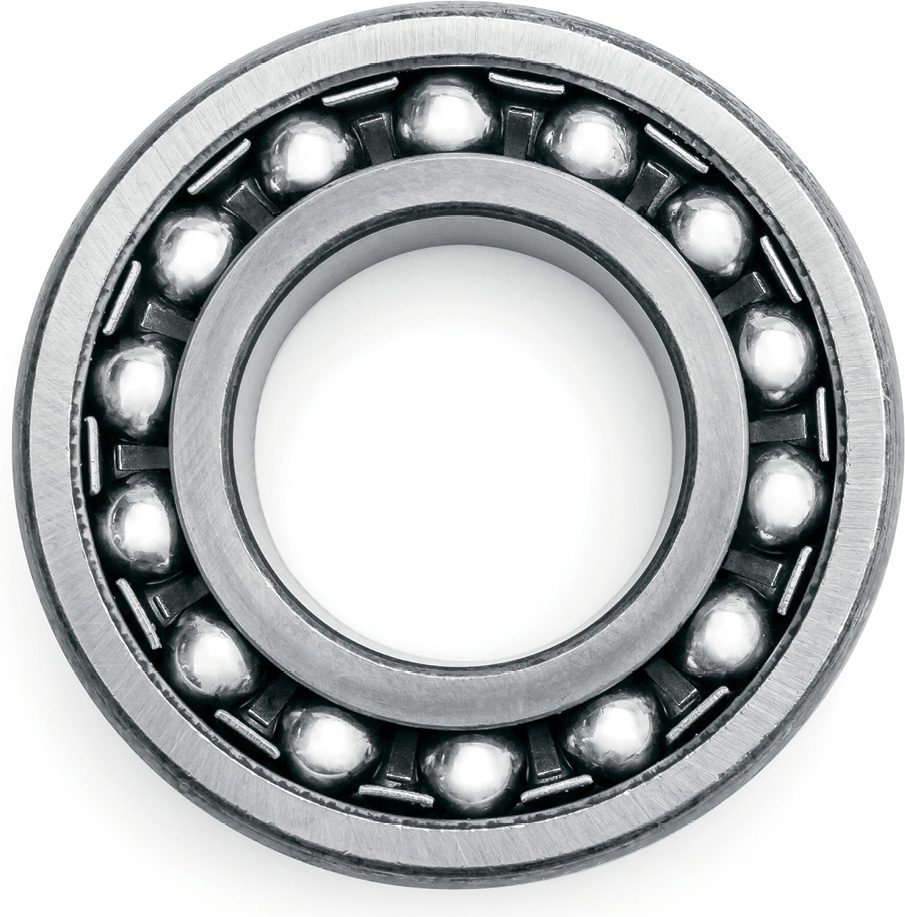
Plan service ahead
Regular service is always good. Planning ahead – when you know parts can take a while to get there – is important. Scheduling regular service doesn’t just help prevent issues, though. It can also give you a heads-up for when parts are going to need to be replaced soon (instead of when they’re already wrecked) so you can plan for a replacement ahead of time.
Plan around for vacations / ride goals
If you are taking a big riding vacation or have a major goal race on the calendar, make sure everything is in shape well ahead of time. Don’t wait until the week of your flight/race to get your bike tuned up. Especially if you’re particular about any specific wear item – tires, drivetrain, brake pads. Having spares is even better, if possible. Nothing throws off your race prep like frantically hunting all over town for new brake pads the day before a race you’ve trained for all year.
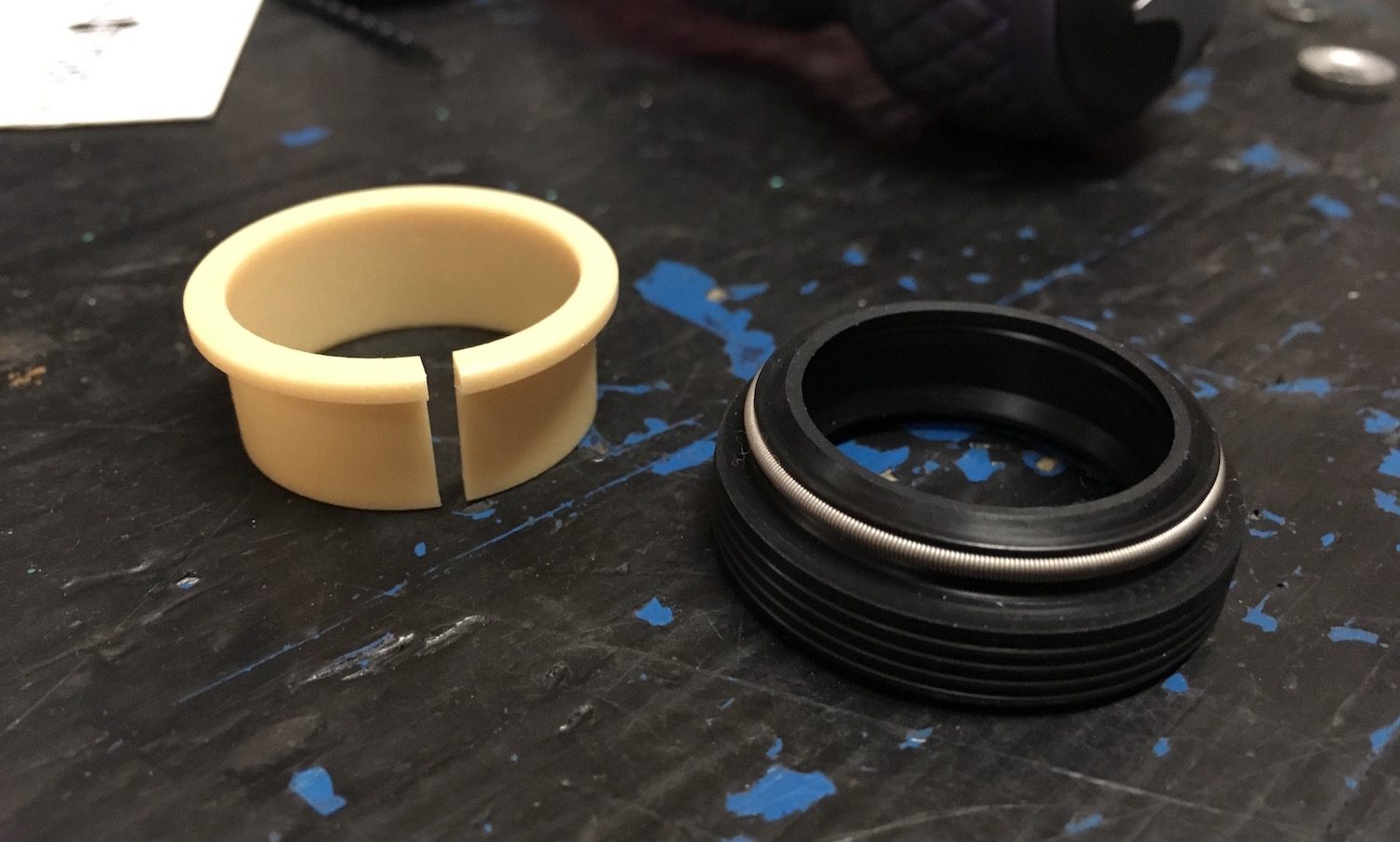
Service your suspension (and dropper post)
One often neglected aspect of bike maintenance is suspension service. Most brands recommend service intervals of around 40 hours of ride time. Keeping up with regular service can help prevent major issues. As a bonus, regular service doesn’t just look cleaner. If it’s been a while since you had your suspension serviced, it can be amazing how much better your refreshed fork feels!
